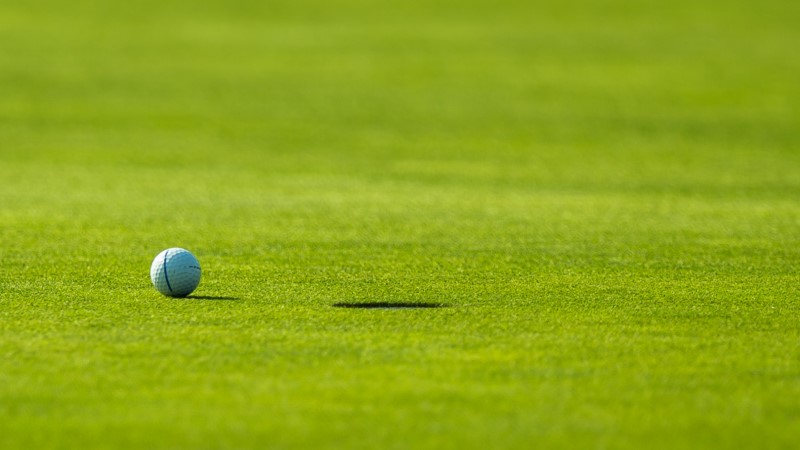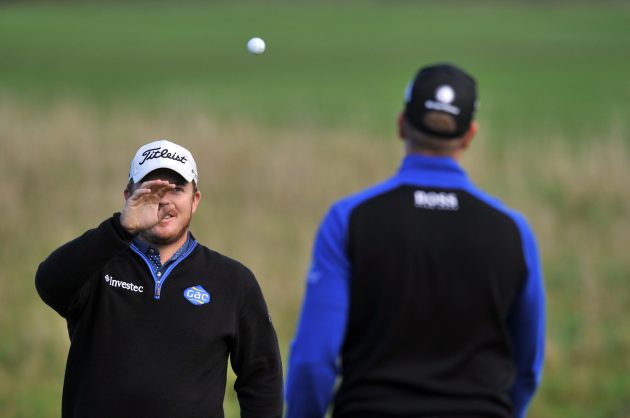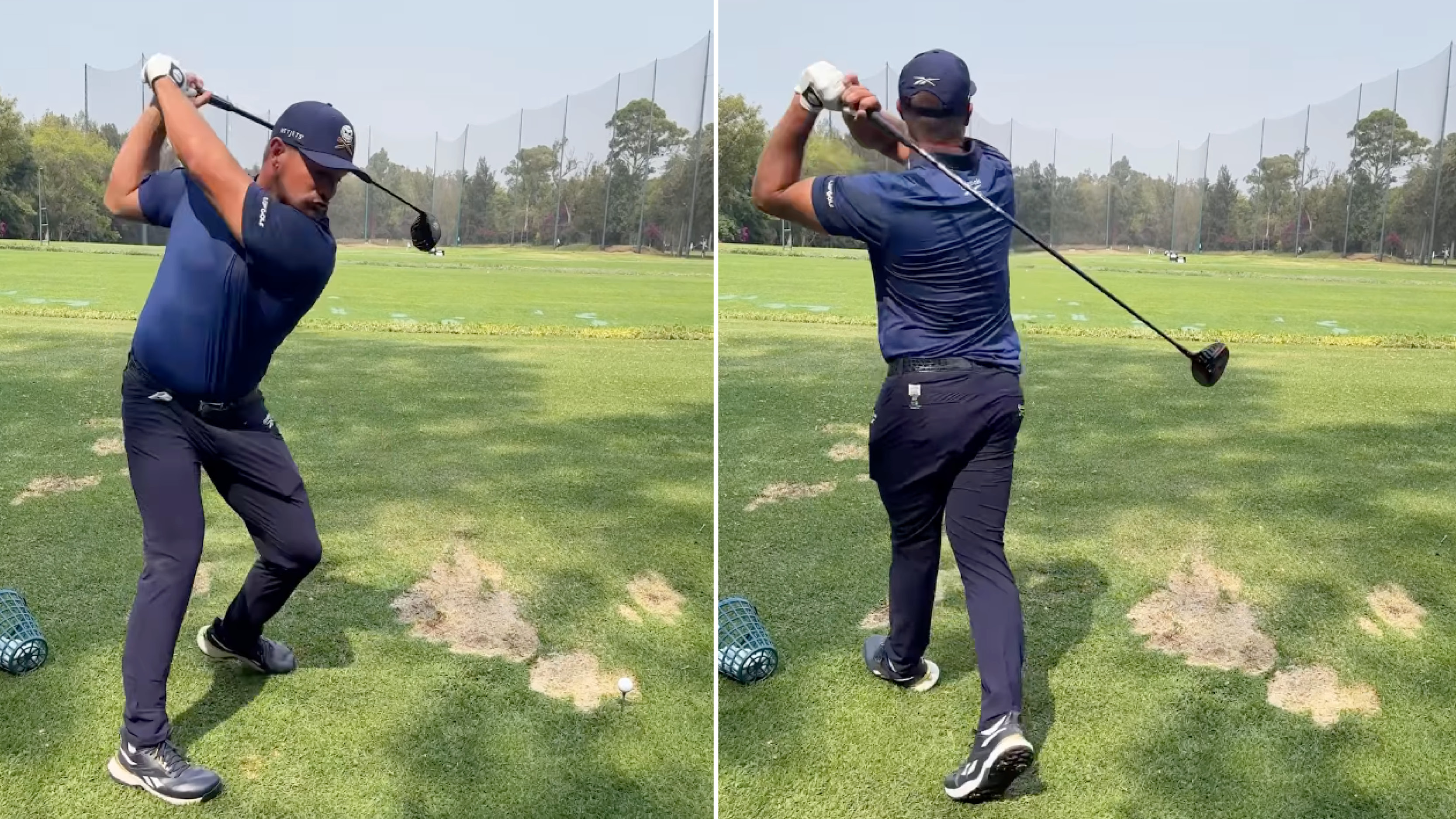What's The Ruling When Your Ball Is Overhanging The Hole?
What's The Ruling When Your Ball Is Overhanging The Hole


A lot of weird and wonderful things can happen on a golf course, but what if your ball is overhanging the very edge of the hole and could still drop in? Find out here.
What's The Ruling When Your Ball Is Overhanging The Hole
Putting is one of the most important aspects of golf. It can be the difference between winning a competition and losing it.
Many things can happen on the course, but one rare sighting is when your ball comes to rest overhanging the hole, either from a chip or a putt.
There have been instances of this happening though. At the 1990 English Open, Sam Torrance's ball came to rest next to the hole for 26 seconds before dropping in.
At the 2021 WGC-Match Play, Tony Finau's putt took over 10 seconds before it dropped into the hole for a birdie.
But, what is the ruling for when this happens? Is there a set amount of time you can dither before the ball has to drop or you tap it in?
Get the Golf Monthly Newsletter
Subscribe to the Golf Monthly newsletter to stay up to date with all the latest tour news, equipment news, reviews, head-to-heads and buyer’s guides from our team of experienced experts.
Well, according to rule 13.3a: If any part of a player’s ball overhangs the lip of the hole, the player is allowed a reasonable time to reach the hole and ten more seconds to wait to see whether the ball will fall into the hole. If the ball falls into the hole in this waiting time, the player has holed out with the previous stroke.
However, if the ball does not fall into the hole in this waiting time, the ball is treated as being at rest. If the ball then falls into the hole before it is played, the player has holed out with the previous stroke, but gets one penalty stroke added to the score for the hole.
Related: 16 Important Golf Scorecard Rules To Remember
Expanding on that, rule 13.3b states: If a ball is overhanging the hole and is lifted or moved before the waiting time has ended, the ball is treated as having come to rest, the ball then must be replaced on the lip of the hole and the waiting time no longer applies to the ball.

Interestingly, if your opponent in match play or another player in stroke play, deliberately lifts or moves the player’s ball overhanging the hole before the waiting time has ended, then in match play, the player’s ball is treated as holed with the previous stroke, and there is no penalty to the opponent.
Whilst in stroke play, the player who lifted or moved the ball gets the general penalty (two penalty strokes). Then the ball must be replaced on the lip of the hole.

Matt joined Golf Monthly in February 2021 covering weekend news, before also transitioning to equipment and testing. After freelancing for Golf Monthly and The PGA for 18 months, he was offered a full-time position at the company in October 2022 and continues to cover weekend news and social media, as well as help look after Golf Monthly’s many buyers’ guides and equipment reviews.
Taking up the game when he was just seven years of age, Matt made it into his county squad just a year later and continues to play the game at a high standard, with a handicap of around 2-4. To date, his best round came in 2016, where he shot a six-under-par 66 having been seven-under through nine holes. He currently plays at Witney Lakes in Oxfordshire and his favourite player is Rory McIlroy, despite nearly being struck by his second shot at the 17th during the 2015 BMW PGA Championship.
Matt’s current What’s In The Bag?
Driver: Honma TW747, 8.75°
Fairway Wood: TaylorMade Rocketballz Stage 2, 15°, 19°
Hybrid: Adams Super Hybrid, 22°
Irons: Mizuno MP54, 5-PW
Wedges: Cleveland 588 RTX 2.0 Tour Satin, 50°, 56°, 60°
Putter: Cleveland TFI 2135 Satin Cero
Ball: Titleist Pro V1x
-
 Watch Bryson DeChambeau Smash 400+ Yard Monster Drive In LIV Golf Mexico Practice
Watch Bryson DeChambeau Smash 400+ Yard Monster Drive In LIV Golf Mexico PracticeDeChambeau is hitting mega drives this week in the 7,800ft altitude setting of Golf Club de Chapultepec in Mexico City
By Elliott Heath
-
 Tiger Woods Heads 8 Golfers To Make All Time Rich List Of Top 50 Highest Paid Athletes
Tiger Woods Heads 8 Golfers To Make All Time Rich List Of Top 50 Highest Paid AthletesTiger Woods is the second highest paid athlete of all time behind only Michael Jordan in a new top 50 rich list from Sportico
By Paul Higham